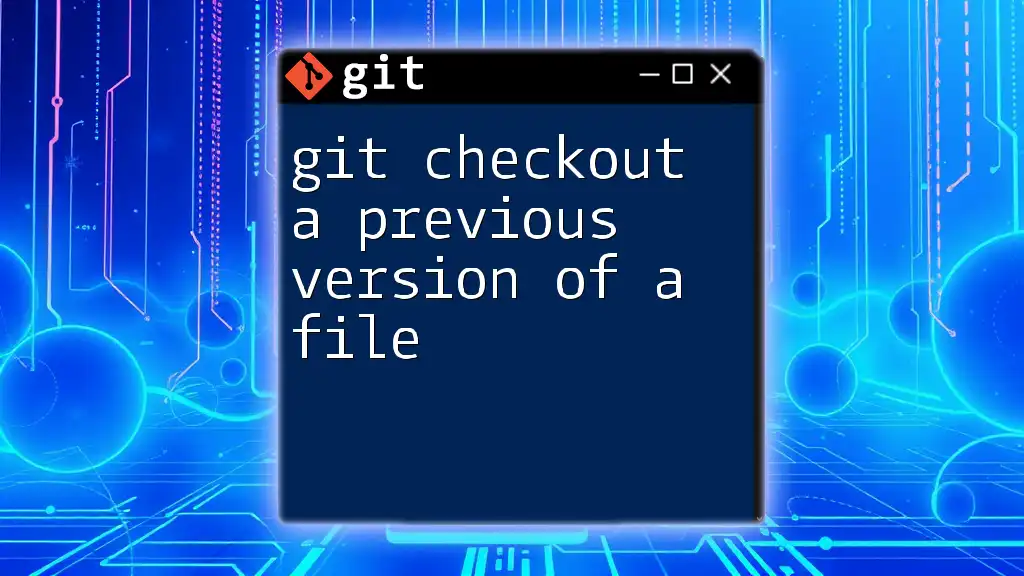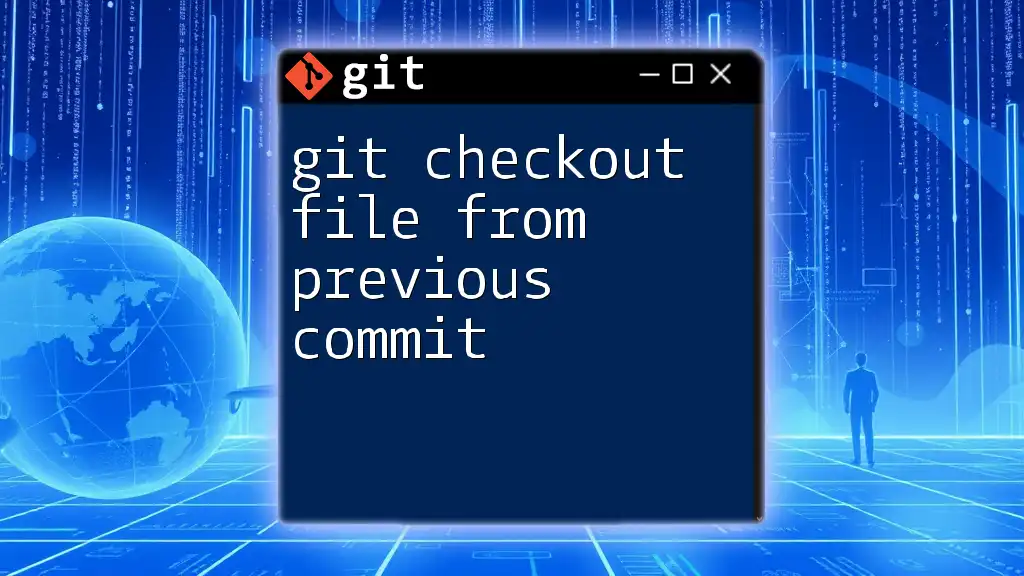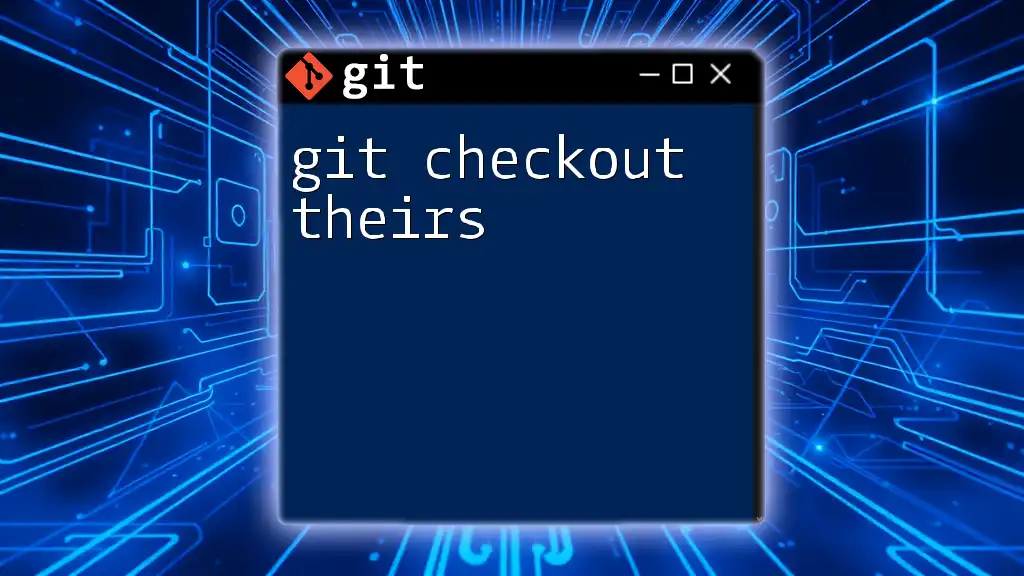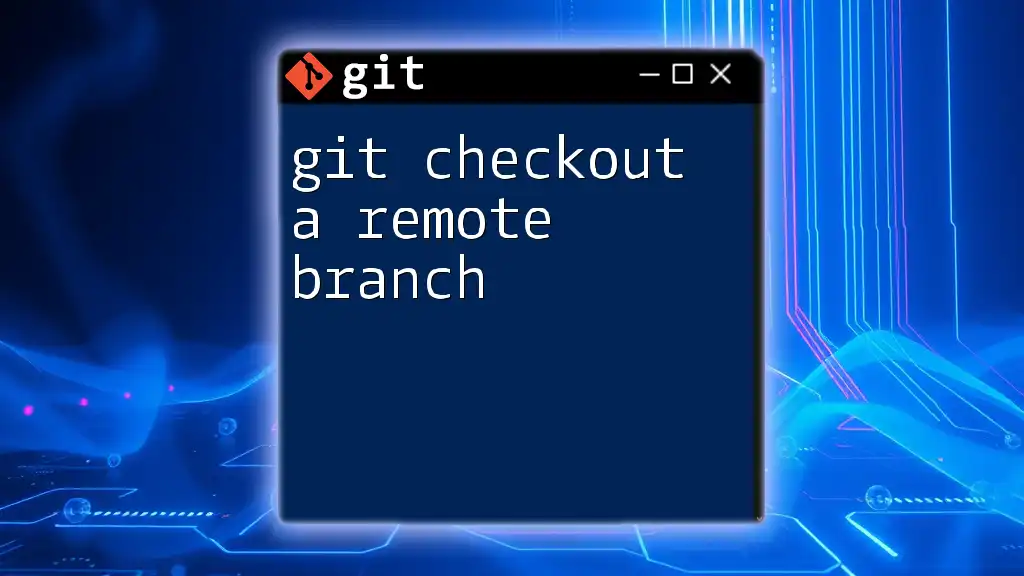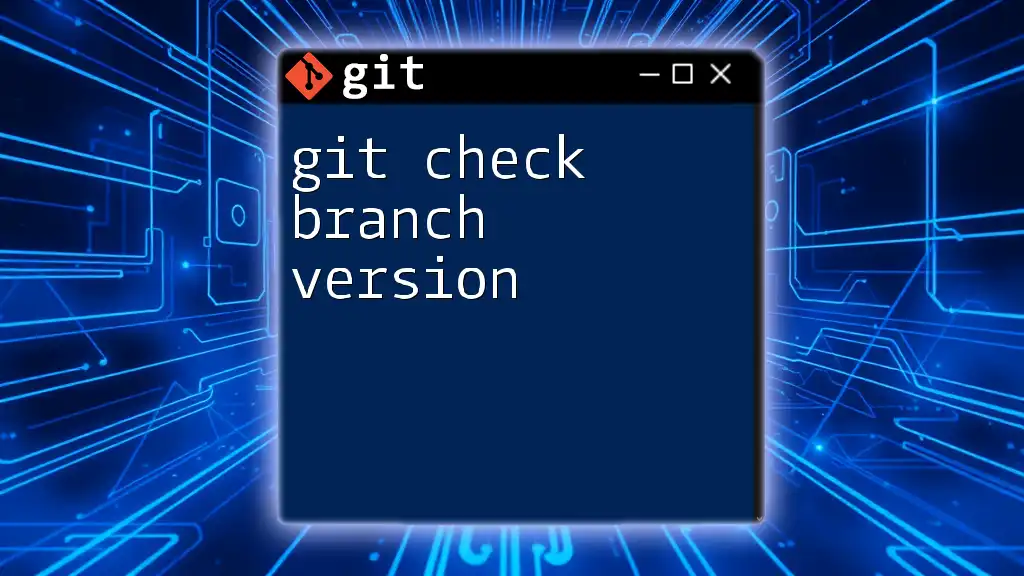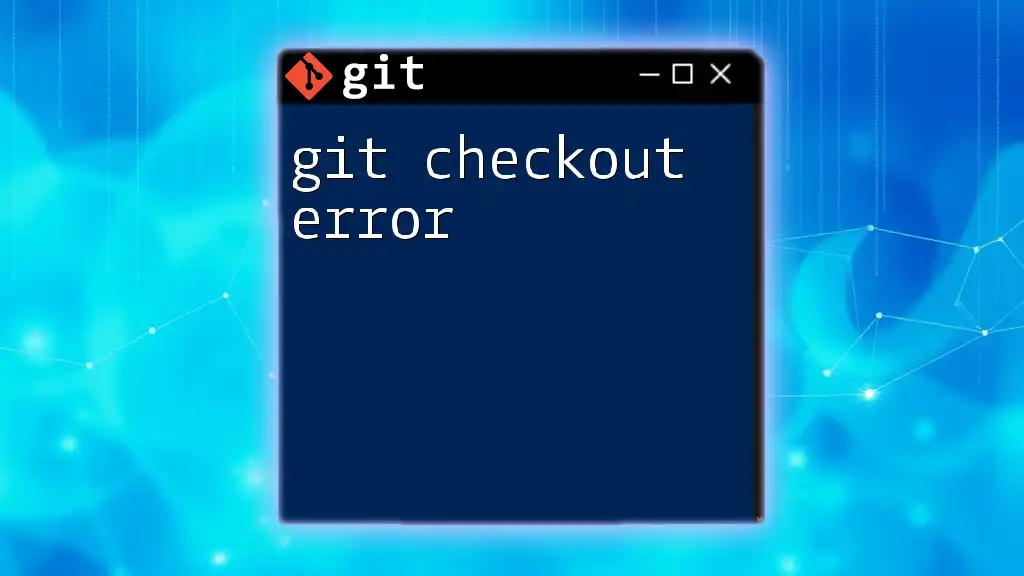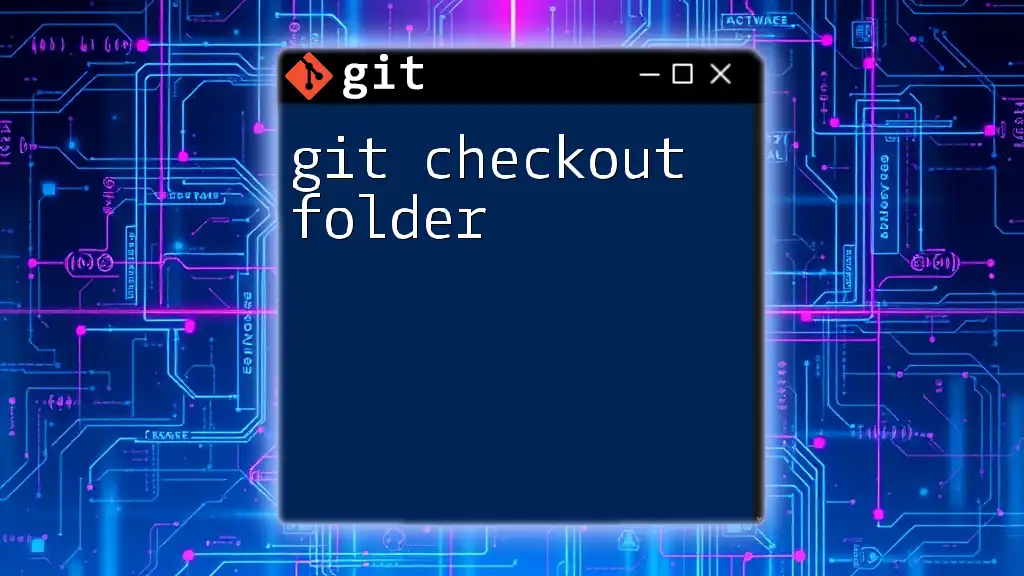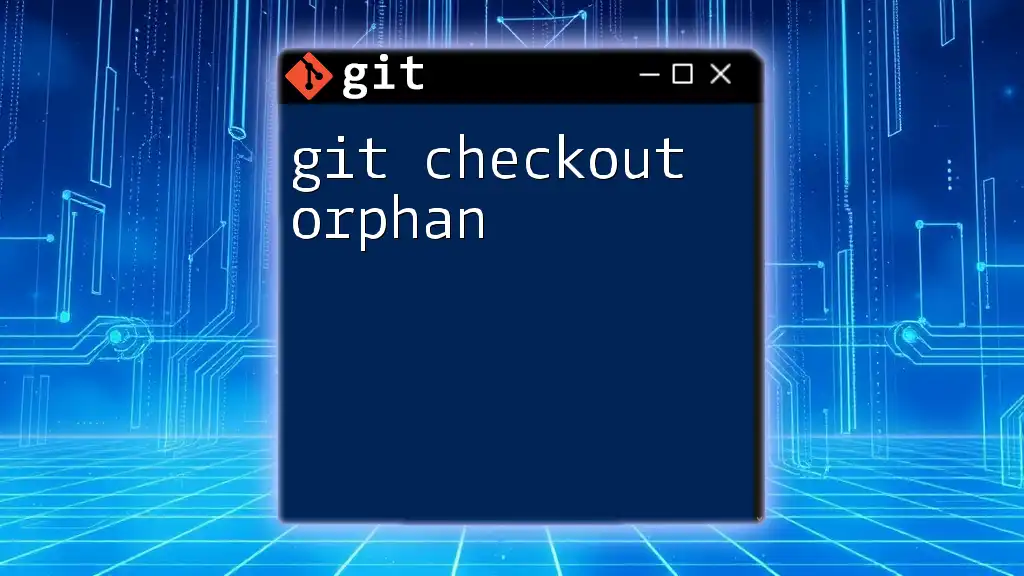To checkout a previous version of a file in Git, use the following command to restore the file to its state at a specific commit, replacing `<commit_hash>` with the actual commit ID and `<file_name>` with the file you want to revert:
git checkout <commit_hash> -- <file_name>
Understanding Git and Version Control
What is Git?
Git is a powerful Version Control System (VCS) that allows developers to track changes in their codebase, collaborate with others, and maintain a history of their project. It was designed for efficiency and is widely used in software development for its ability to handle projects of all sizes. Key features of Git include branching, merging, and tracking changes, making it an indispensable tool for modern development practices.
Version Control Basics
Version control is essential for managing the progress of files over time. It allows multiple people to work on the same code without overwriting each other's changes. Git achieves this by storing snapshots of the project at various points, enabling you to revert to previous versions if necessary. Understanding how Git tracks changes will enhance your ability to manage your code effectively.
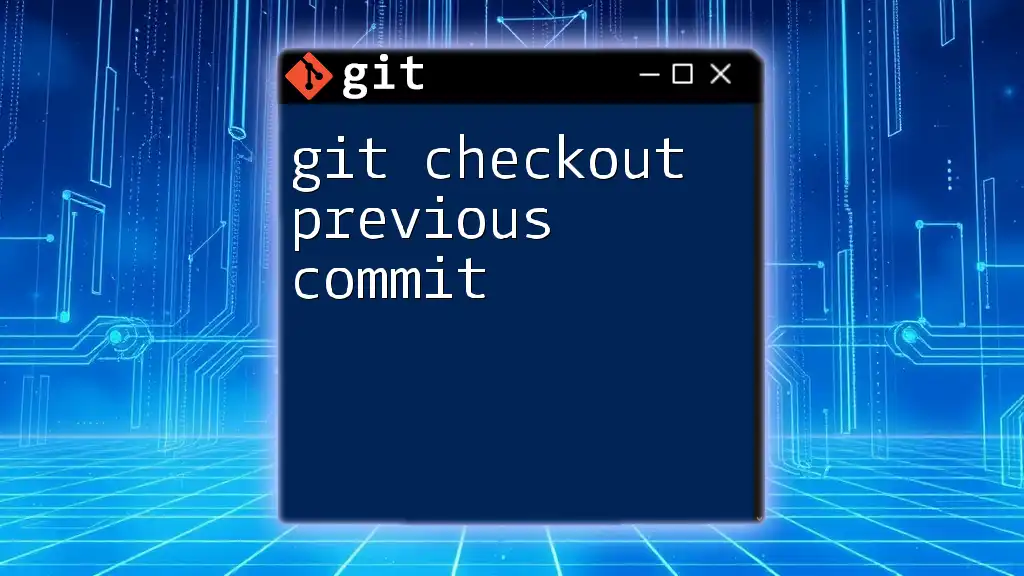
The Concept of Checkout in Git
What is Checkout?
The `checkout` command in Git serves multiple functions, primarily allowing you to navigate between different branches or restore working directory files. When you want to revert a file to a previous version, using `checkout` is the way to go.
How Checkout Works
When you perform a checkout, Git changes the files in your working directory to match those from the specified commit. Behind the scenes, Git manages pointers (referred to as HEAD) that signify the current commit in your repository. Understanding these pointers is critical to effectively using `checkout`.
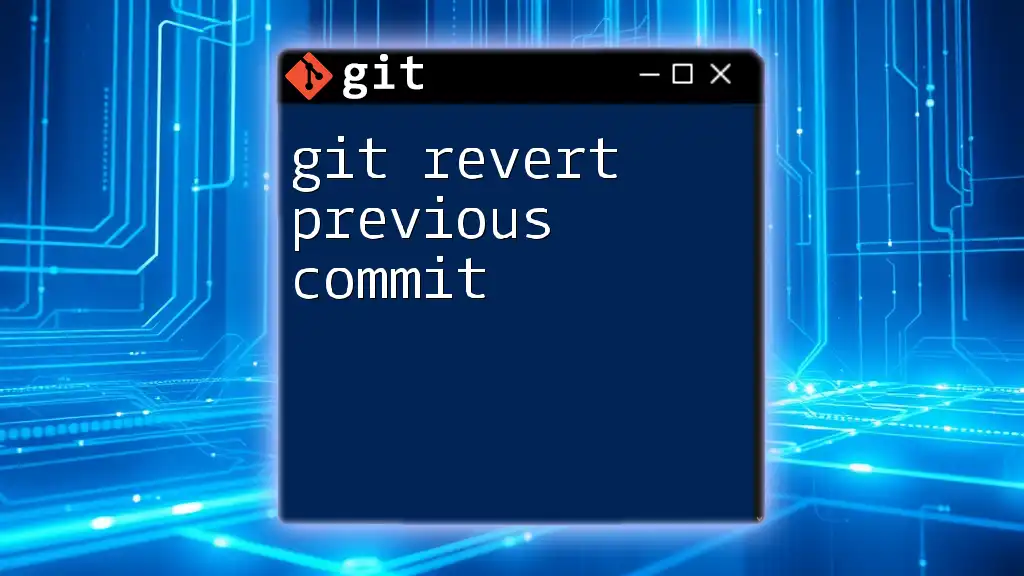
Using Git Checkout to Retrieve Previous Versions of a File
Preparing for Checkout
Before checking out a previous version of a file, it is crucial to ensure that you are not losing any current changes. Here are some steps to prepare:
- Make a backup: If you've made significant changes, consider copying the current file or committing it temporarily to avoid data loss.
- Check your branch: Ensure that you're on the correct branch where your file exists. You can check this using:
git branch
Checkout a Previous Version of a Specific File
To checkout a previous version of a file, you’ll need to identify the commit ID from which you want to restore the file. Use the following command structure:
git checkout <commit_id> -- <file_path>
Example Scenario
To demonstrate, assume you want to revert `example.txt` to a version from a previous commit. Follow these steps:
-
Identify the commit: Use the command:
git log -- <file_path>This will present a list of commits associated with the file, showing their commit IDs, authors, and commit messages.
-
Select the commit: Choose a commit ID (e.g., `abc1234`) that represents the version you wish to restore.
-
Run the checkout command:
git checkout abc1234 -- example.txtAfter executing this command, `example.txt` will reflect the changes from the specified commit.
-
Verify the change: You can examine the differences using:
git diff
Understanding Commit IDs
What is a Commit ID?
Each commit in Git is identified by a unique hash called a commit ID. This ID is crucial when you want to refer to specific changes or revert files to earlier states. The commit ID typically looks something like `e72b3d6d`.
Finding Previous Versions of a File
To identify previous versions of a file, the command:
git log -- <file_path>
provides a detailed history of all commits associated with that file. You can use this information to select an appropriate commit ID for your checkout operation.
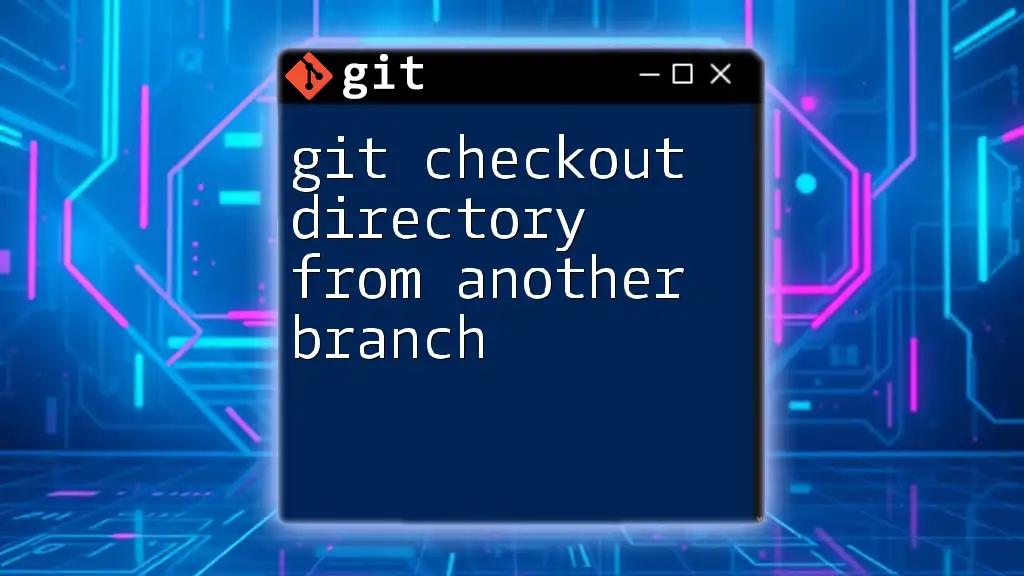
Alternative Methods to Fetch Previous Versions
Using Git Restore
As an alternative to `checkout`, Git introduced the `git restore` command. This command can also be used to revert a file to a previous version while keeping your workspace organized. The syntax is:
git restore --source=<commit_id> <file_path>
This command serves a similar purpose as `checkout`, but it's more focused on file changes, making it a useful option for improved clarity in intentions.
Using the Git Show Command
If you'd like to inspect what a file looked like at a specific commit before proceeding with a checkout, the `git show` command is invaluable:
git show <commit_id>:<file_path>
Using this command will allow you to view the content of the file as it existed at that commit without affecting your working directory, giving you the chance to verify changes before making them.
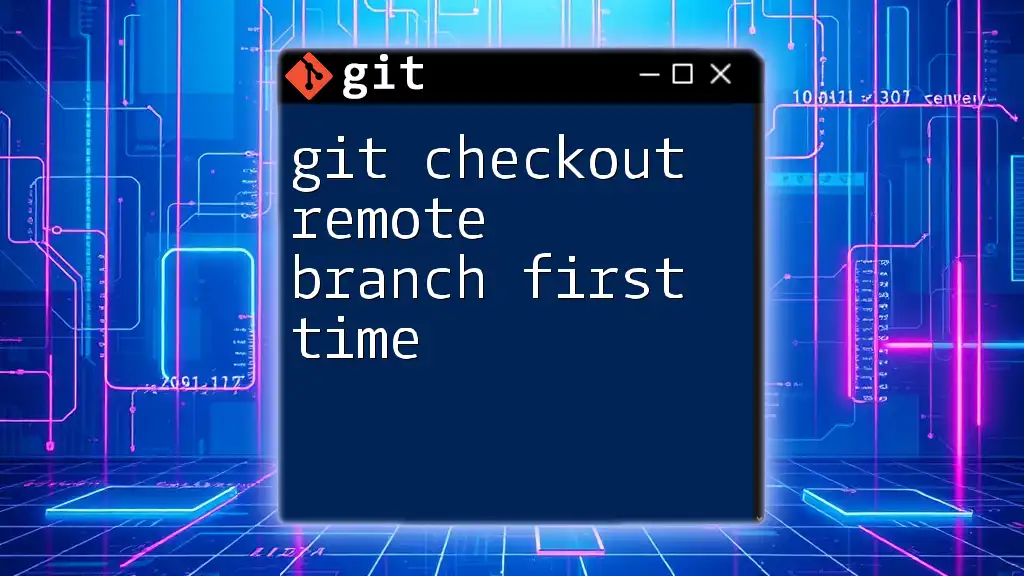
Common Mistakes to Avoid
Overwriting Current Changes
One significant risk in using `checkout` is unintentionally overwriting uncommitted changes. Before executing a checkout on a file, always confirm that your current work is either committed or backed up. This ensures that you do not lose important progress in your project.
Misunderstanding File vs. Branch Checkout
Understanding the differences between checking out files and branches is vital for effective Git usage. Using `checkout` on a branch brings you to that branch’s state, while checking out a file changes that specific file to a previous version. Misusing these can lead to confusion in your working directory.
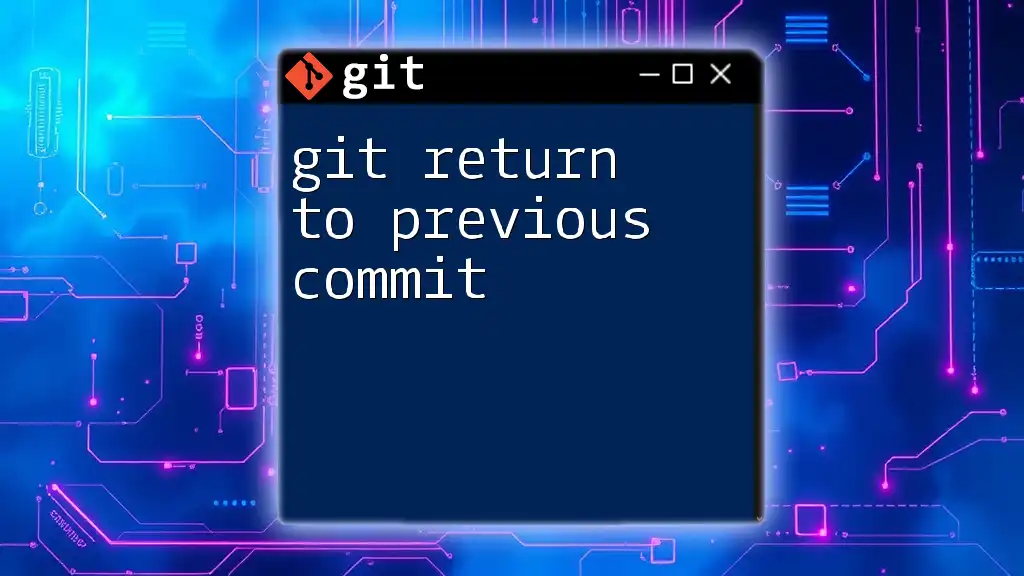
Conclusion
The ability to use `git checkout a previous version of a file` is an essential skill for anyone managing a software project. It enables developers to explore changes, retrieve older file states, and ensure that their work maintains its integrity. Practicing these techniques can lead to a deeper understanding of Git's capabilities and enhance your workflow in version control. Whether you're an experienced developer or a beginner, mastering how to retrieve previous versions will prove beneficial in your coding journey.
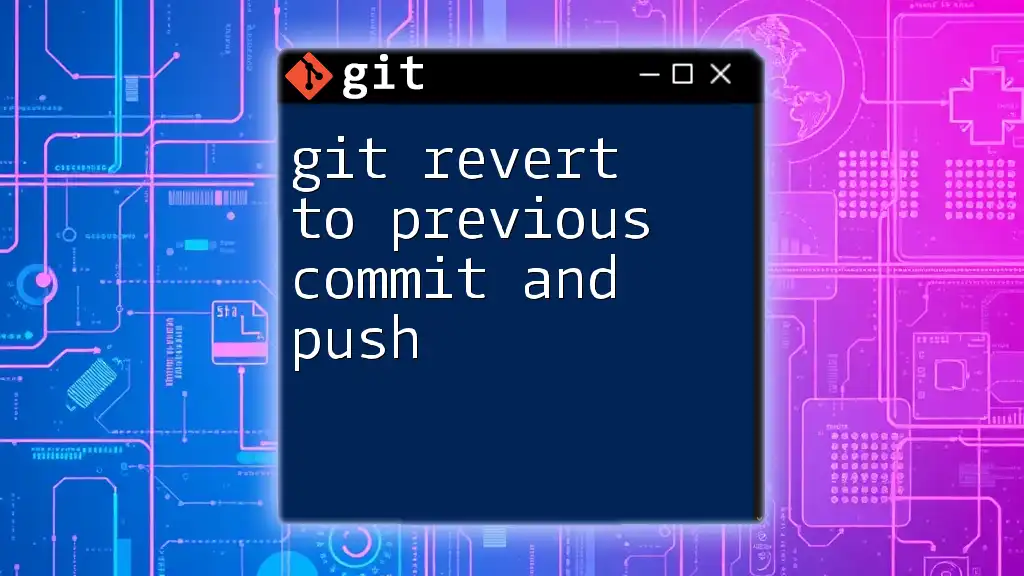
Additional Resources
For those looking to expand their knowledge of Git, the official Git documentation is an excellent resource. Furthermore, investing time in recommended books and engaging with online courses can deepen your understanding and application of Git concepts. Joining community forums also allows you to interact with other Git users for additional insights and tips.
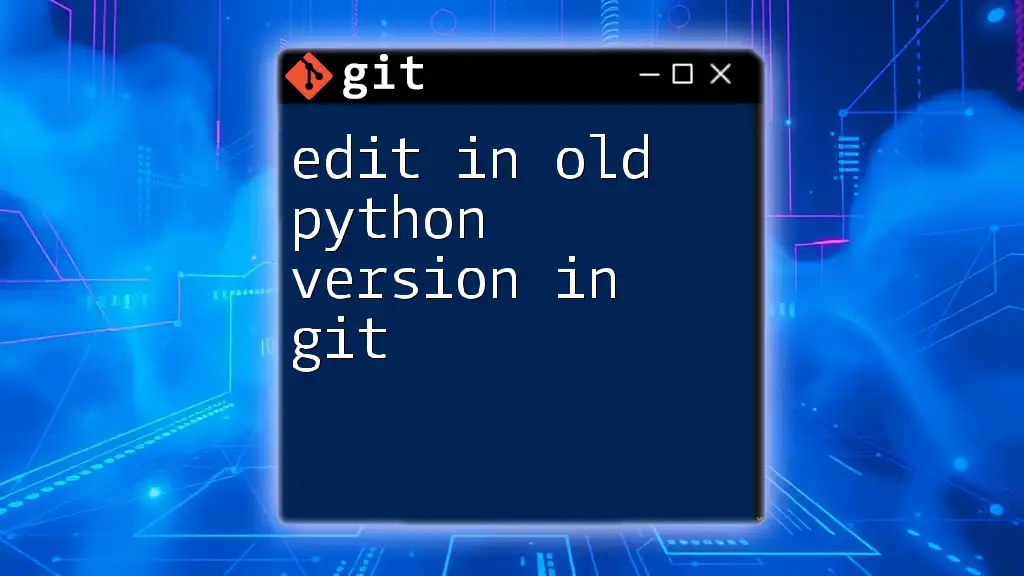
Call to Action
We encourage you to share your experiences working with Git and its checkout functionalities. Follow us for more concise, effective Git tutorials that will empower your coding and collaboration efforts!

